Thirty-five years ago, the automotive and aerospace industry began using high-performance computers; pioneering algorithms to simulate the behaviour of cars and planes. This included modelling their airflow in motion and their bodywork during an accident. Back in this time, the main drivers were to drastically reduce the number of casualties on the roads and to construct increasingly rapid planes, such as the Concorde. These methods were demanding a huge amount of computing power.
Today, mobility is heading toward a Connected, Autonomous, Shared, Electric network for cars and drones. This presents a substantial new list of challenges that will require handling tremendous amounts of data:
- Designing new batteries due to a worldwide deficit in lithium.
- Optimising the way sensors are placed on a vehicle.
- Managing the traffic of thousands of drones, etc.
The need to lower carbon emissions suggests that we need more efficient engines that consume drastically less fuel or bio-carburants. Simulating the heat reaction in engines is extremely costly.
The use-cases above cannot be tackled with today’s supercomputers. Quantum Computers can pave the way for swarms of vehicles travelling safely, using newly designed batteries and efficient heat engines.
Quandela’s Use Cases
Clients: ONERA and MBDA, action supported by the Région Île-de-France
Challenge (What): Solve systems of differential equations on a quantum computer.
Application (Why): Quandela collaborates with ONERA and MBDA to simulate combustion reactions in heat engines. This is a central task for ONERA, as solving differential equations currently consumes 95% of ONERA’s computational resources. This two-year project aims to both design quantum algorithms, and to implement them on MosaiQ, Quandela’s photonic quantum processor.
Methodology (How): This ongoing project is applying the latest approaches to QML for solving systems of partial differential equations. Stay tuned for more details.
Quantum Computing Use Cases Explained: Automotive and Aerospace Services Infographic







